In part one of my travel-savvy guide to Egypt, I visited Cairo. The famous pyramids and tombs were breathtaking, but of course this beautiful country isn’t all about its famous capital.
Perhaps equally as renowned across the world is the Nile River, whose length you can cruise along in utter luxury on a tour.
Cruising down the River Nile from Aswan to Luxor
There is always just something so very dreamy and languorous about cruises. Floating along on the calm water is my definition of bliss, so I was particularly looking forward to the cruising part of my Egyptian Adventure. Taking a cruise down the expanse of the River Nile, you stop off to visit temple after temple along the way on your journey, like a true explorer. Cruises usually last between 3 and 7 days, depending on your own personal preference of travel pace, and start in either Aswan or Luxor, taking you from the one to the other. I travelled the Aswan to Luxor route, which starts off by flying from Cairo into Aswan.
Aswan and its environs
Landing in Aswan, the norm is to tour the sites around the town before embarking on your cruise ship and sailing off. The first stop is the Aswan Dam, whiich was built to stop the annual flooding of the River Nile in this area. This includes a visit to the quarry of the Unfinished Obelisk, just a few metres away. The “unfinished obelisk” would have been the single heaviest piece of stone ever fashioned by the ancient Egyptians if it had been completed, so it’s pretty impressive. Visiting the quarry gives you a new appreciation for the Egyptian temples and pyramids and their ornate architecture, as you realise how the stones were simply hewn out of solid rock by man power alone. The final stop in Aswan is the Temple of Isis: a perfect introduction to Egyptian Temples. This legendary temple is situated on the island of Philae, so you need to take a short boat ride across the southern part of Aswan Dam on Lake Nasser to reach it. The large hypostyle hall with its gigantic poles flanked with carvings and hieroglyphs is the first of many of its kind that you will see on your Nile cruise, but nevertheless outstanding. It is hard to believe that an ancient civilisation once walked these halls. For sundowners, there is nothing nicer than taking a ride in a wide sailed felucca, and sailing leisurely along the river, taking in all of the sights and sounds with a trip to Elephantine Island. This is one of the earliest known Nilometers, a step-like contraption used by the ancient Egyptians to measure the height of the Nile floods in order to forecast the level of inundation of its waters, and it’s certainly a site of interest.
Setting sail to Edfu
And before you know it, we’re off, cruising leisurely along the Nile like its the 1940s and the pace of life is much slower than in the real world.
The scenery glides by and life along the banks of the river carries on as if your cruise ship doesn’t exist; people go about their daily chores as you sit atop the ship and watch. Edfu is the boat’s first stop, situated about halfway between Aswan and Luxor. This town is so small that the primary means of transport is horse and cart, making it all the more magical when you step off of the boat like an old-time explorer to discover one of the most beautifully preserved temples in Egypt.
Dedicated to the Falcon God Horus, this temple has perhaps the best preserved hieroglyphs and elegant cartouches carved into its walls out of all the temples that you’ll visit. The ancient etchings really are visible to this day – and no doubt your guide will take this opportunity to give you a lesson in the Egyptian Alphabet!
And a few hours of cruising later, you will disembark at the Temple of Kom Ombo. Unlike other temples in Egypt which are dedicated to just one God, this beautiful temple is dedicated to two: the northern part of the temple is that of the Falcon God, Horus, and the southern to the crocodile God, Sobek. As a result, the temple has a unique structure of double halls and pylons which make it a real joy to see. Perhaps best of all is the timing of this visit: the boat arrives at Kom Ombo just as the sun is beginning to set, so you can gaze upon its intricate design, bathed in the golden rays of the warm, dimming light.
A side trip to Abu Simbel
The temple of Abu Simbel isn’t included on most itineraries, but it really should be. This wonderful structure was built by Pharaoh Ramses II, probably the most narcissistic of all the Pharaohs in Egypt (as you can find his statues everywhere!). It is a 45 minute plane ride from Kom Ombo and is well worth the half day detour. Although the temple was originally carved into the mountainside, it had to be moved away, stone by stone, and rebuilt on an artificial hill above the Aswan Dam to stop it from being flooded by Lake Nasser. It’s now a UNESCO World Heritage Site, and for good reason.
Find the grandiose entrances to the temples flanked by four colossal statues of Ramses II, seated on a throne, each 20 metres high. It is worth making the trip to Abu Simbel just to ogle at the scale of it all. Step into the inner chamber and be greeted by a range of beautiful paintings on the walls, wonderfully preserved. The building is constructed in such a way that on each solstice, the rays of the sun come in to penetrate the temple and illuminate every statue within its walls with ethereal light, all except for the statue dedicated to the God of the Underworld, which remains in the dark. I will forever be impressed at the precision of these ancient engineers to get these angles right!
The Esna Lock
Who else learnt about the Esna Lock in history class? But to be able to see what the lock actually does in “real life” is quite fascinating. The level of the river Nile drops at Esna, meaning that a lock system is necessary in order to allow the ships to pass through to Luxor. It’s fascinating to watch, but can mean that the crossing can take up to three hours in high season, as only two ships can pass through the lock at a time.
Luxor and the Valley of the Kings
And before you know it, you will have luxuriously cruised your way into the world-famous Luxor. Luxor is home to the bulk of the classic tourist sights, as it holds the impressive Valley of the Kings, where all the pharaohs are buried. The Temples of Luxor, Karnak, and Hatshepsut and the Colossi of Memnon are also within Luxor’s bounds – the only remains of what was once the largest temple ever built in Egypt.
The Valley of the Kings is a desert, barren area which is scorchingly hot, so be careful! You can choose the tombs you want to visit and of course, the longest line is for that of King Tut. Person, I didn’t want to wait in line in that heat, so I chose to visit the tombs of Tuthmosis III, Ramses IX and Ramses IV instead. They might not be the most famous, but they were recommended to me by my guide as having some of the best preserved sarcophagi (coffins) and paintings. The tombs are stuffy, claustrophobic and beautiful all at the same time. The pathways leading to the sarcophagi themselves are skilfully painted with various scenes and the colours are so vivid for chambers that have been around for thousands of years. The Temple of Hatshepsut (or, as my guide comically put it, “hat-cheap-suit”) is a particular favourite. Built to honour the Goddess Hathor, it’s one of very few temples built for a Goddess, right next to the Valley of the Kings. The temple is cut right into the limestone cliffs, giving it a very modern look, unlike all of the others, so it really makes for something different to see.
I also loved the temple of Karnak, which comes flanked with a giant Obelisk and two statues of Ramses II as you enter. Walk along an avenue lined with sphinxes all the way to the temple of Luxor (there is a myth that the two temples were connected in ancient times) and gaze upon true architectural genius. The Temple of Luxor is the largest temple on the tour, with huge hypostyle halls and hundreds of columns resembling papyrus flowers filling its bounds. There is just so much to see. I would recommend taking half a day to really get the feel of this temple. But, if you’re starting to feel like you are getting “templed out”, simply spend time in the areas that really fascinate you before heading back to the airport to take your flight back to Cairo. And you can rest assured that you really have seen a good slice of Egypt after all of this!
So, there you have it. Hopefully, this guide will have convinced you that historical Egypt really is a magnificent country and worthy of being on any bucket list!


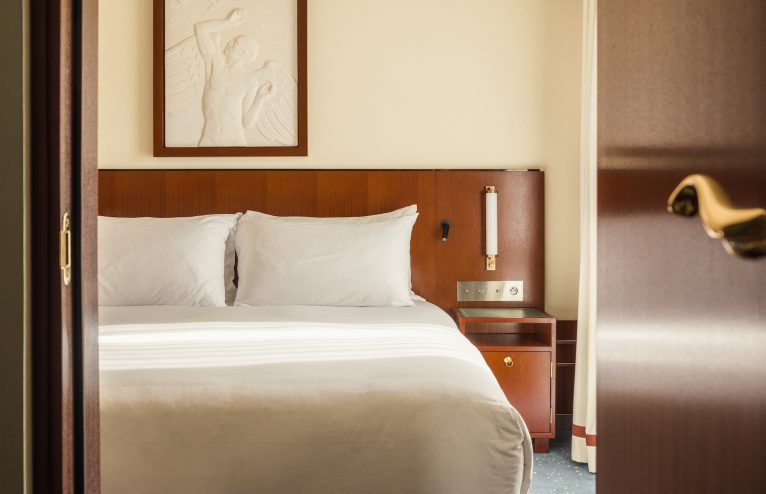
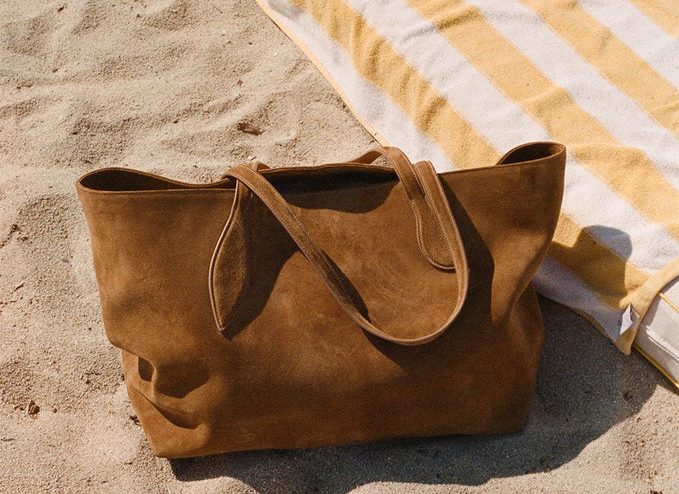


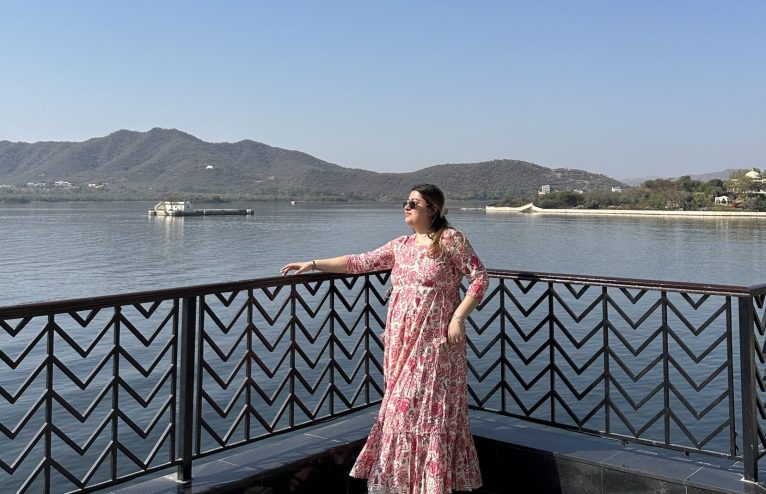

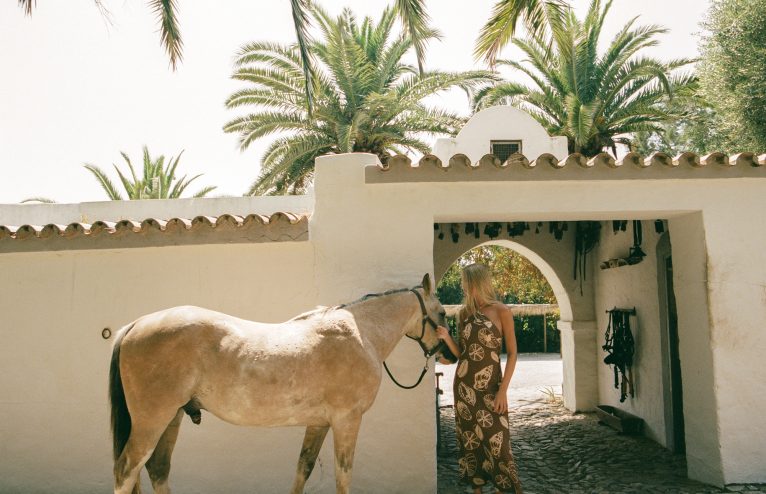

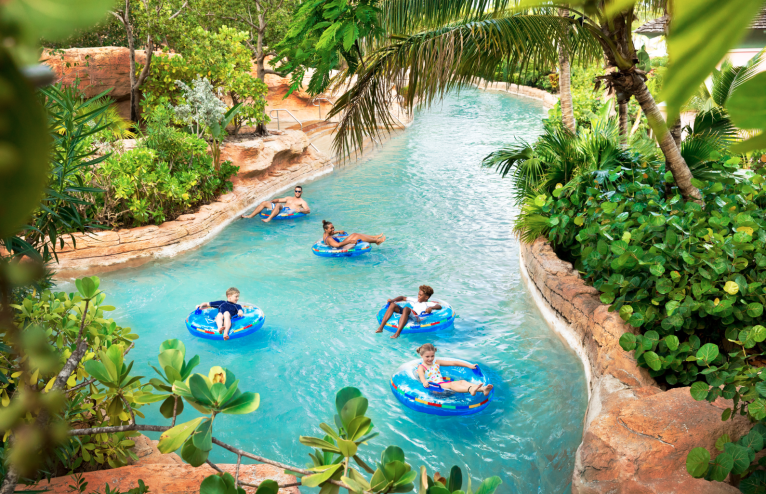





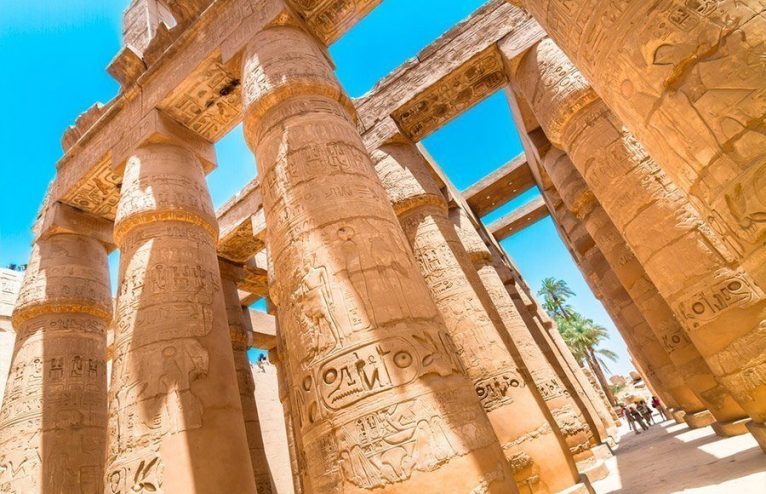
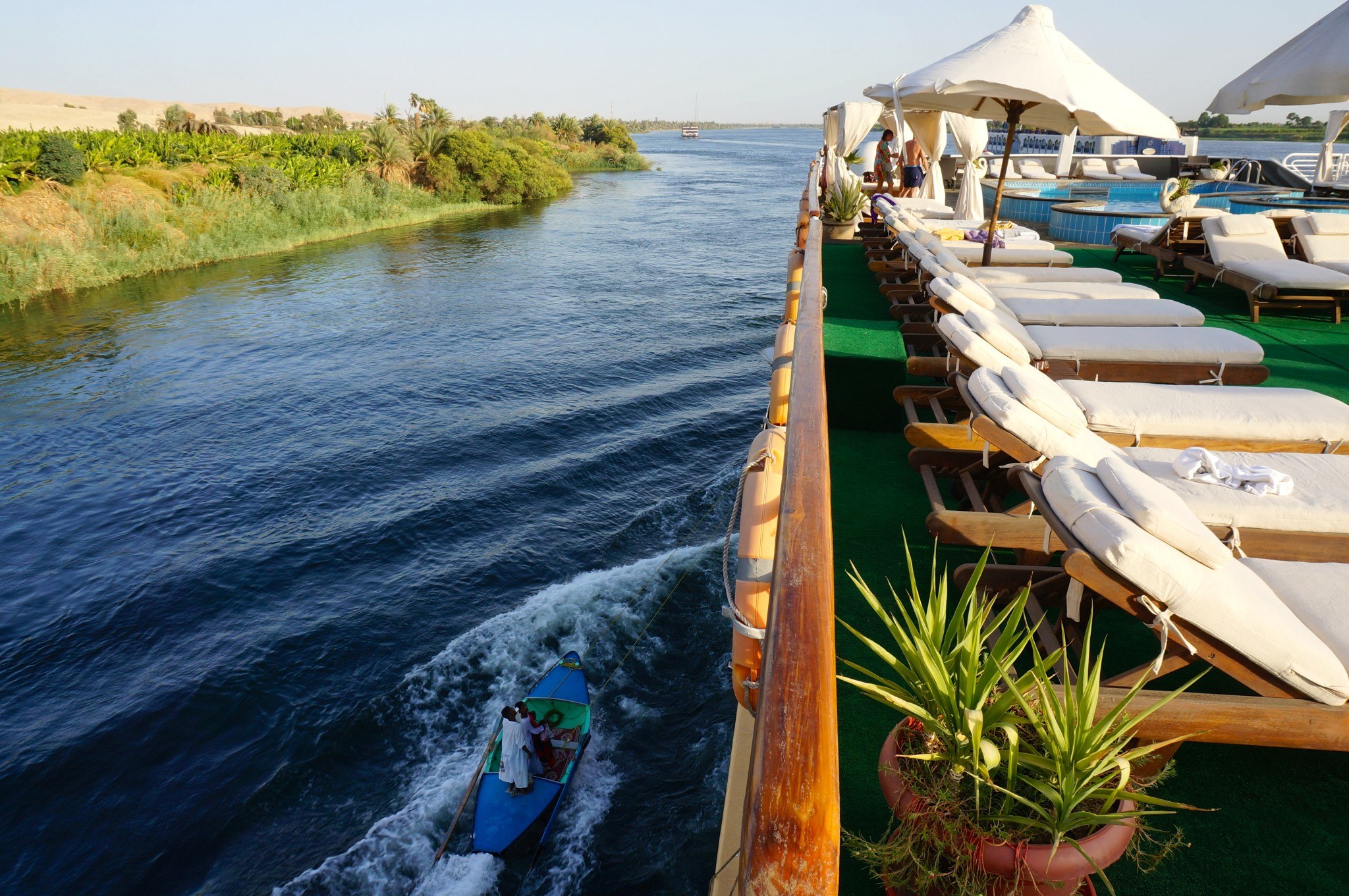


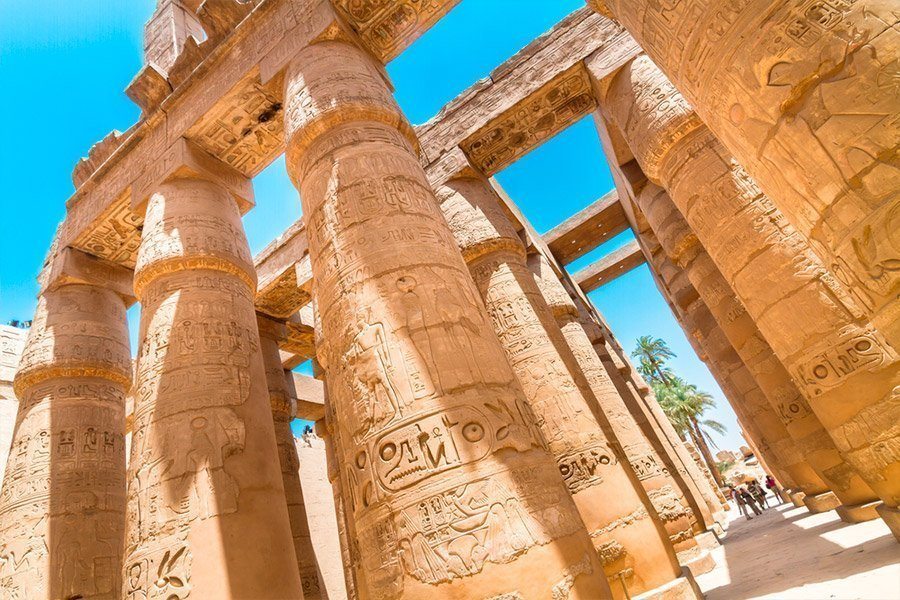
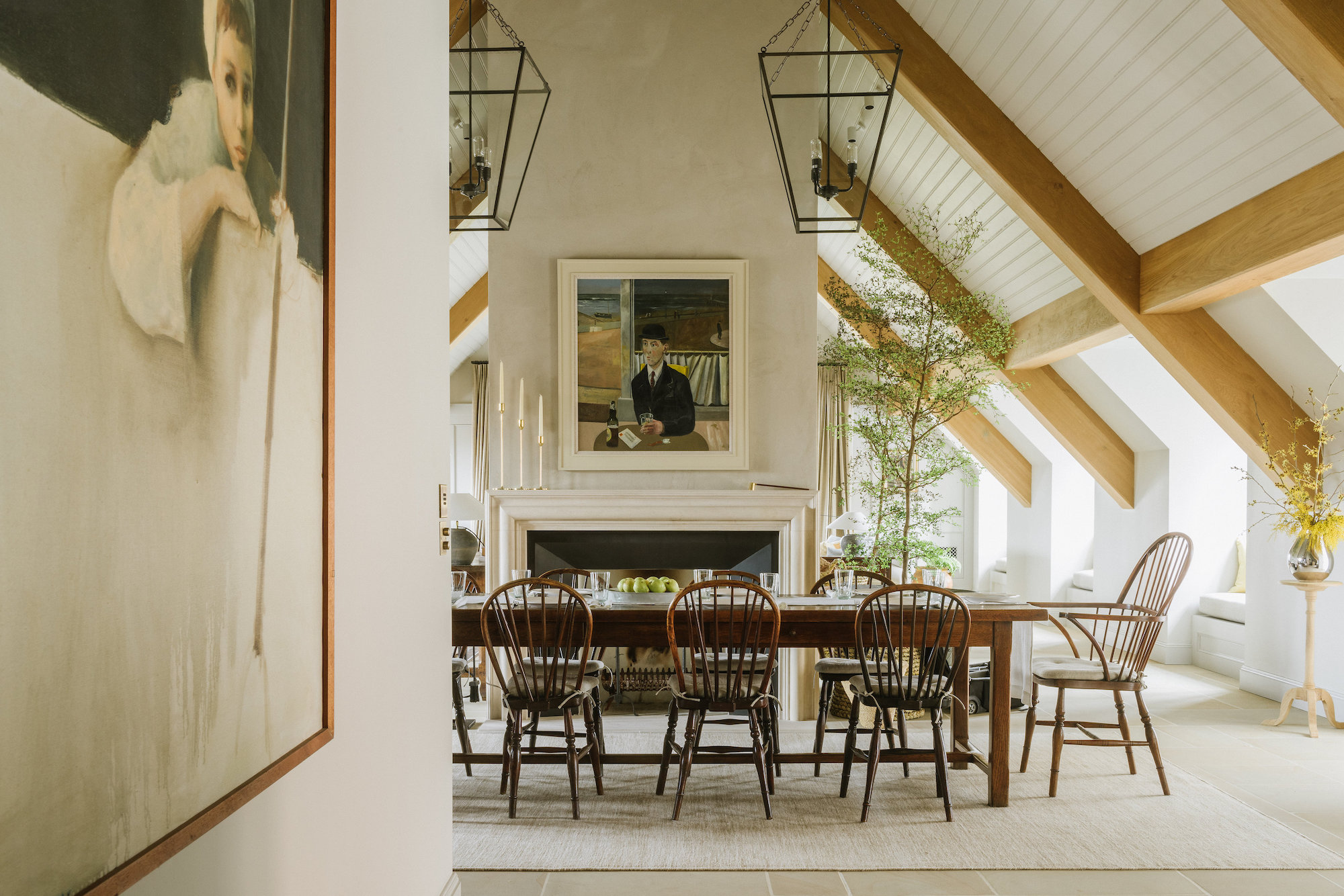



Any Questions or Tips to add?